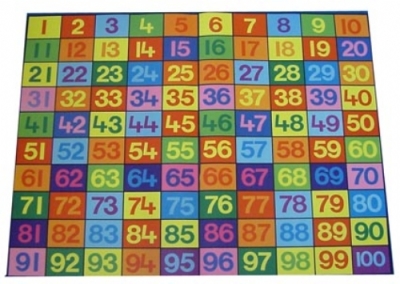Herpes Simplex – A Simple Solution
 Cold Sores or Herpes Simplex generate symptoms that are both unsightly and which afflicts a significant part of the world’s population. It is more prevalent in countries with European origins but that is not is a contagious virus at certain points in its life cycle and there are chances that if you were infected, it would be as a result of contact with people who were also suffering from it. Mostly, people of European and North American origins have this type of virus infection. For example, it is hard to believe that nearly 70% of the Australian population suffer from this virus thereby suggesting that there is still much to learn about its origins and triggers
Cold Sores or Herpes Simplex generate symptoms that are both unsightly and which afflicts a significant part of the world’s population. It is more prevalent in countries with European origins but that is not is a contagious virus at certain points in its life cycle and there are chances that if you were infected, it would be as a result of contact with people who were also suffering from it. Mostly, people of European and North American origins have this type of virus infection. For example, it is hard to believe that nearly 70% of the Australian population suffer from this virus thereby suggesting that there is still much to learn about its origins and triggers
Despite significant advances in medicine during the past 100 years which have successfully addressed a wide range of human conditions, there is still no cure for this virus.
Cold sores typically targets the face including the lips and eyelids but very rarely can also affect the fingers. Research continues to be conducted however it is not a high priority when compared to other more serious (and fatal) diseases. Despite this there are a number of treatments on the market demonstrating at least partial success.
Event hough the virus is not fatal, scientists continue to research its orgins and have discovered a few links between the Herpes Simplex Virus and other diseases. For example, Herpes Simplex was recognised as being associated with the degradation of certain lipo-proteins used in the transmission of signals between the brain and the nervous system. Deterioration of these proteins have been shown to lead to a number of brain conditions.
In the second example, a partial and sometimes temporary paralysis of the face (known as Bell`s palsy) has also been linked to the presence of the Herpes Simplex virus. Both of these examples demonstrate that there are cause and effect links between the virus and other diseases. It is therefore important that people affected with this virus take necessary precautions and see their doctor if these symptoms arise.
As is the case in most diseases, they are symptomatic of lifestyle factors such as diet and stress. Many people take the first option and in particular due to the unsightly effect, choose costly medications and ointments which may or may not provide temporary relief from the symptoms.
However, not everything that comes from a Chemist is necessarily the right treatment for that individual and therefore people should consider other cheaper and effective everyday household ingredients which may provide real alternative help in treating the disease. Toothpaste is one such item which if applied will give a cooling and numbing effect to the person.
The application of toothpaste to the affected area needs to follow these simple guidelines:
Firstly, wash the affected area with anti bacterial solution. You need to disinfect and then apply the toothpaste to the affected area. In case you have difficulty in finding an effective cleaning agent, use those ointments which have alcohol content.
The final step is to apply toothpaste onto the affected area. Apply a generous amount of toothpaste on the cold sore and surrounding area. Softly press the area where you have applied toothpaste so that cold sore comes in contact with the toothpaste. Leave the paste for approximately three days and then wash away. For children it is best to contact a doctor. After the three days, clean the affected area and the blistered area should have disappeared. Eventually the affected area will form new skin and blisters will become crusts.

 Spots affect a lot of people, especially teenagers. Am I right in that you have at least once, found a big, red spot suddenly appear on your face the day before an important event? Whether it’s a party or a date, it can be an embarrassing situation.
Spots affect a lot of people, especially teenagers. Am I right in that you have at least once, found a big, red spot suddenly appear on your face the day before an important event? Whether it’s a party or a date, it can be an embarrassing situation. Turn on the television, browse through a magazine, look at the shelves of your local pharmacy, and you’re inundated with quick fixes to any potential weight problem. It doesn’t matter what the approach is, or who the experts sponsoring it are, the claims are the same: stick to this approach for a short time and you will see results.
Turn on the television, browse through a magazine, look at the shelves of your local pharmacy, and you’re inundated with quick fixes to any potential weight problem. It doesn’t matter what the approach is, or who the experts sponsoring it are, the claims are the same: stick to this approach for a short time and you will see results.